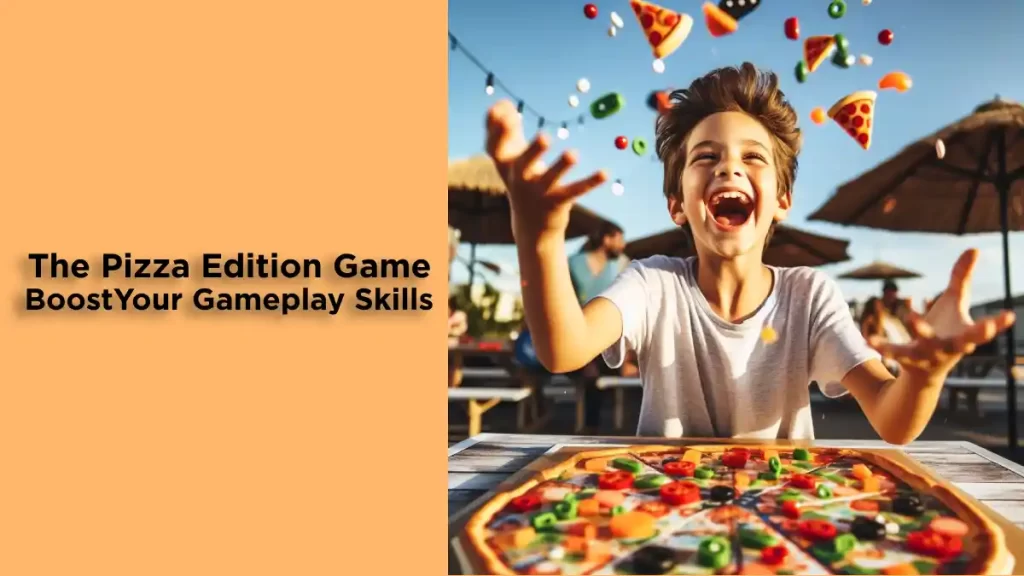Elevate Your Food Blog with Expert Digital Marketing Techniques

In today’s rapidly evolving digital age, food bloggers must leverage innovative digital marketing strategies to stay competitive and grow their businesses. The shift from traditional marketing methods to digital platforms has opened up many opportunities for food bloggers to connect with their target audiences, streamline operations, and enhance their blogging presence. Here’s a comprehensive guide to elevate your food blog with expert digital marketing techniques.
Evolution of Digital Marketing for Food Bloggers
The digital landscape encompasses all online platforms and tools available to marketers, including websites, social media, email marketing, search engines, and digital advertising. For food bloggers or a restaurant, this means having a presence on these platforms and understanding how to use them effectively to reach and engage their audience/customers.
Developing a Robust Culinary Presence
A strong culinary presence starts with a professional, user-friendly website. Your website serves as the digital face of your company and should provide valuable information about your products, foods, and company history as a digital marketing agency for small business. Ensure your website is optimized for search engines (SEO) to increase visibility. This involves using relevant keywords, creating high-quality content, and ensuring your site is mobile-friendly.
Leveraging Social Media
Social media platforms are powerful tools for manufacturers to connect with customers, audiences, industry partners, and influencers. Platforms like LinkedIn, Twitter, and Facebook allow you to share restaurant insights, and company news, and engage with your audience in real-time. Develop a social media strategy that includes regular posting, engaging with followers, and using analytics to measure success.
Utilizing Email Marketing
Email marketing remains one of the most effective digital marketing strategies. For food insights or a restaurant owner, it’s an excellent way to keep in touch with customers, share updates on food, and promote new food items. Personalize your emails and segment your audience to ensure your messages are relevant and engaging. Use email automation tools to streamline your campaigns and track performance metrics.
Implementing Content Marketing
Content marketing involves creating and sharing valuable content to attract and engage your target audience. For food bloggers, this could include blog posts, white papers, case studies, and videos. High-quality content not only positions your blog as an industry leader but also improves your search engine rankings and drives traffic to your website.
Investing in Paid Advertising
Paid advertising, such as Google Ads and social media ads, can significantly boost your restaurant’s online visibility and reach. For food bloggers, targeted ads can help attract potential customers looking for specific products or services. Use analytics to monitor the performance of your ads and adjust your strategy accordingly to maximize ROI.
Embracing Video Marketing
Video content is increasingly popular and can be a highly effective way to showcase your food products, explain complex processes, and tell your culinary story. Create restaurant product demos, behind-the-scenes videos, and customer testimonials to engage your audience. Share these videos on your website, social media channels, and video platforms like YouTube.
Optimizing for Mobile
With more people accessing the online via mobile devices, your digital marketing strategies must be mobile-friendly. Ensure your website is responsive and loads quickly on mobile devices. Optimize your food delight content for mobile consumption and consider using mobile-specific marketing tactics such as SMS marketing and mobile ads.
Utilizing Data Analytics
Data analytics is essential for understanding the effectiveness of your digital marketing efforts. Use tools like Google Analytics to track website traffic, user behavior, and conversion rates s.s marketing. Analyze this data to identify trends, measure the success of your restaurants or food cafes, and make informed decisions to improve your strategies.
Staying Ahead of Digital Trends
The digital marketing landscape is constantly evolving, with new technologies and trends emerging regularly. Stay informed about the latest developments in digital marketing and be willing to adapt your strategies accordingly on the food journey. Attend industry conferences, participate in webinars, and follow thought leaders to stay ahead of the curve.
Conclusion
Mastering the digital landscape is crucial for manufacturers looking to thrive in today’s competitive market. By developing a robust online presence on food blogging, leveraging social media, utilizing email and content marketing, investing in paid advertising, embracing video marketing, optimizing for mobile, utilizing data analytics, and staying ahead of digital trends, manufacturers can effectively reach and engage their target audience, drive growth, and enhance their brand presence. Digital marketing offers endless opportunities for restaurants willing to innovate and adapt. By implementing these strategies, you can position your restaurant or food business for long-term success in the digital age.



